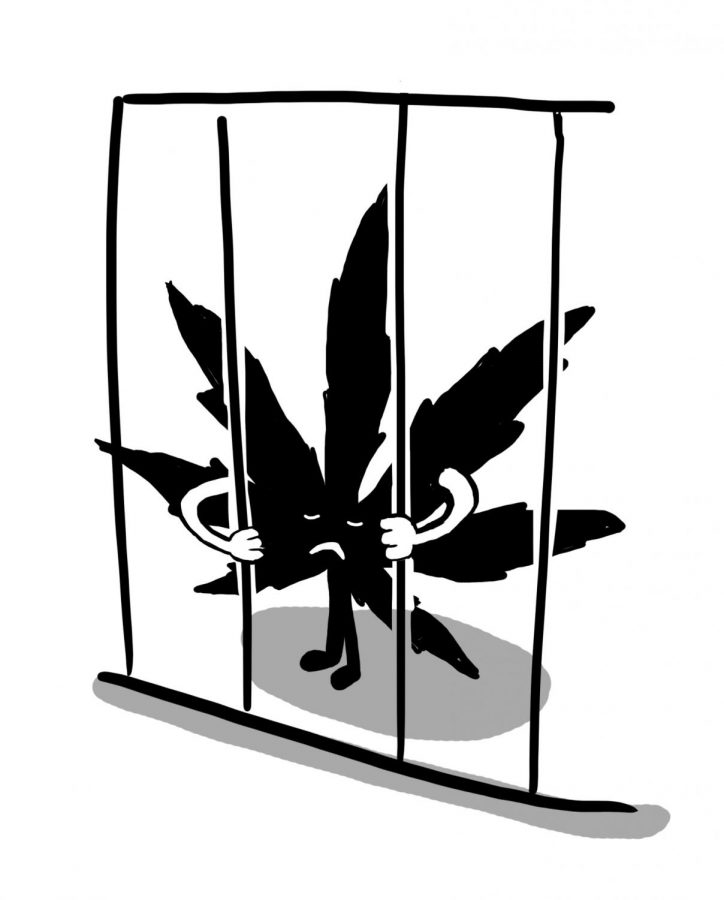I’m no stranger to kink. I’ve got a bag of crimson hemp rope stashed away in my closet. I’ve browsed the sex toy selection at Babeland in search of toys to cause a partner just the right amount of (completely consensual) pain. Hell, I’ve gone to parties at Seattle’s Center for Sex Positive Culture, which, among other things, serves as a sprawling BDSM “dungeon.” So it’s not because of any aversion to kinky sex that I say I absolutely loathe “50 Shades of Grey” and everything it stands for.
With the advent of the Internet, the explosion of personal blogs and discussion groups, the instant accessibility of porn and the recent popularity of “50 Shades of Grey,” Americans are now more aware than ever of kinky sex––that is, sex that involves power play, bondage, pain or any number of other activities outside of the conventional realm. At least, they used to be outside of convention. Lately, kink––which once kept to itself in quiet, largely secretive subcultures––has recently been dragged into the mainstream spotlight, and while I’m all for sexual openness, this “mainstreamification” of kink has dangerous implications for how people think about and have sex.
It doesn’t help that kink had a bad rap to start with. Many well-meaning people go pale at the idea of power or pain play in the bedroom, believing it to be a sign of an unhealthy relationship or a damaged psyche. Until 1994, consensual sadomasochism was still classified as a psychological disorder by the American Psychiatric Association. But the truth is, kinky sex can be just as safe, sane and consensual as any other sex practice, when done right.
With kink in the mainstream, however, it becomes far more likely that people will try to mimic what they’ve seen or read about and do it horribly, horribly wrong. Take physical safety. Far more than with “vanilla” sex, kinky sex offers so many more ways to cause pain to someone. For many, that’s the point. I’ve seen people flogged and whipped. I’ve seen someone set on fire. I’ve even seen someone squirm as his back was traced by a thin arc of electricity. But all of this was done by people who knew precisely what they were doing. They’d carefully learned how to practice their kinks without putting anyone in serious danger. Even to tie someone up, you need to know how to avoid pinching nerves, how to distribute weight evenly and how to get them out of the ropes immediately if something goes wrong. You learn these things from skillful people who’ve come before you, and as you get better, you pass your wisdom on to others in order to keep everyone safe.
However, when kink is packaged and sold as something anybody can immediately pick up and try out, there’s no such guarantee of skill or physical safety. It gets even scarier when you talk about power play. Dominant-submissive sexual relationships, like any aspect of BDSM, can be healthy and consensual for everyone involved. It’s even possible for people to enjoy what’s called “consensual non-consent”––fantasy scenarios that involve one partner’s lack of consent. These can be done safely, but they require immeasurable work behind the scenes to build trust and establish limits.
When kink is reflected in the mainstream, none of this behind-the-scenes work is shown. Porn that incorporates power play like this, for instance, never shows anyone using a safeword to immediately and unconditionally end the encounter. Instead, viewers see a façade, with all the sexy allure but none of the foundational work of the real thing.
Kink can be practiced safely precisely because of the safeguards, communication and trust embedded in its context. Mainstream kink, however––kink without context––is nothing but a model for dangerous sex and harmful relationships. In skillful hands, a whip is a toy. In the wrong hands, it’s a weapon.




